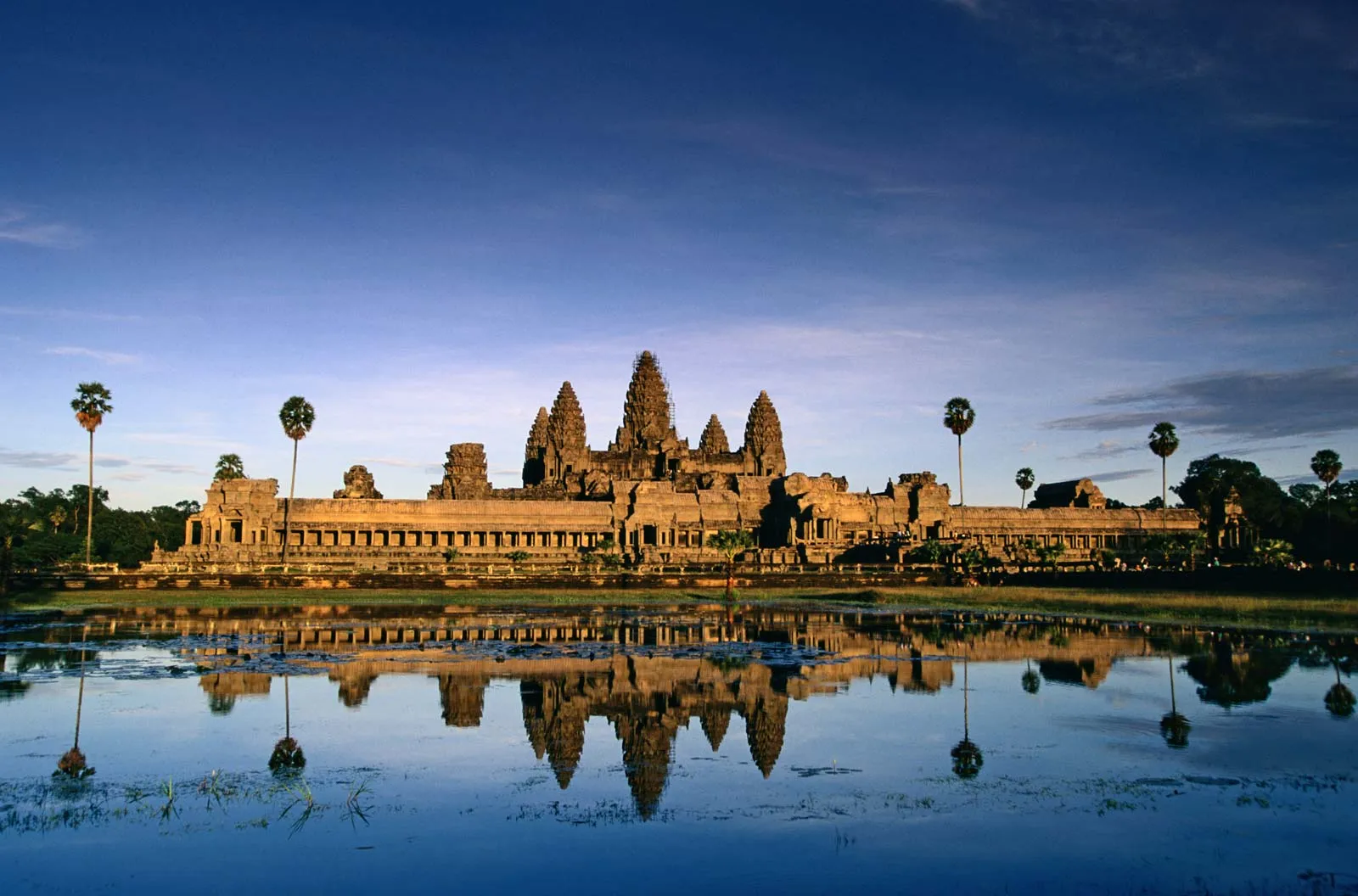
In Cambodia, song and dance are more than entertainment — they’re a sacred part of daily life, tradition, and identity. Whether performed in ancient temples or lively village squares, music and the arts breathe life into Cambodian stories, beliefs, and community spirit.
If you’re planning a Cambodia tour, you’re not just signing up for stunning temples and landscapes — you’re entering a world rich with rhythm, grace, and storytelling.
Here’s a glimpse into the enchanting world of Cambodian performing arts:
👑 Classical Dance – From the Royal Court to the Stage
Rooted in the ancient courts of Angkor, Classical Dance was once performed to honor the gods and bring blessings. Known for its slow, elegant hand gestures and symbolic movements, this dance form is now a highlight at festivals, temples, and cultural shows — a must-see for visitors.
🌾 Folk Dance – A Celebration of Rural Life
Folk dances are joyful, expressive, and tied to Cambodia’s farming heritage. Performed mostly in rural areas, especially during Cambodia and Vietnam tours, these dances celebrate harvests, fishing, or simply village life. They may not be ancient, but they beautifully capture the heart of traditional Khmer culture.
🎼 Mohaori Music – Delicate Royal Melodies
Dating back centuries, Mohaori was once played in the royal courts by women using up to 12 different instruments. Today, both men and women perform this elegant music, known for its graceful yet intricate harmonies.
🥁 Pin Peat Ensemble – Sacred Sounds of Ceremony
This powerful court music includes flutes, gongs, xylophones, and drums, often heard at religious ceremonies, royal events, and classical dances. It’s considered the soul of Cambodia’s spiritual soundscape.
🎸 Chapei Dang Weng – The 2,500-Year-Old Guitar
This two-stringed long-neck guitar has been around since 500 BC! You can even find it engraved on Angkor temple walls. Still popular today, it’s played at weddings and ceremonies — sometimes solo, sometimes with other instruments.
🎭 Yike Opera – Storytelling Through Song
Yike is a traditional opera that blends music, drama, and storytelling, often performed during temple inaugurations or festivals. Think of it as Cambodia’s original musical theatre!
📜 Smot Poetry – Sacred Verses for the Soul
Smot is a poetic chant, often performed at funerals, recounting Buddhist teachings or Khmer legends. The language is ancient, the tone hauntingly beautiful, and the message deeply spiritual.
🪆 Sbaek Thom – Shadow Puppetry with Hindu Roots
One of Cambodia’s oldest art forms, Sbaek Thom uses carved leather puppets and backlit screens to act out stories. With roots in Hindu mythology, it’s magical to watch — especially for families.
🕊️ Kantoaming – Music for the Afterlife
Rare and ancient, this music is played at funerals to help guide the soul peacefully onward. Instruments include gongs, reeds, and drums — gentle, soothing, and symbolic.
💍 Pleinkar Boran – Traditional Wedding Melodies
Played during classical Khmer weddings, this style combines flutes, string instruments, percussion, and vocals. It’s elegant and full of joy — the perfect soundtrack to a lifelong union.
🎧 Pleinkar Sakmai – Modern Wedding Beats
For today’s couples, weddings last three days and nights, and the music doesn’t stop! This modern style blends tradition with a contemporary twist — a true endurance performance for musicians.
🎤 Lakhaon Bassac – Opera with a Cultural Mix
Influenced by Vietnamese and Chinese immigrants, Lakhaon Bassac is a unique form of opera that tells stories from Buddhist tales to Arabian legends. It’s colorful, dramatic, and utterly captivating.
✨ Why It Matters on Your Tour
A Cambodia family tour isn’t just about sights — it’s a journey through sound, movement, and story. Whether you’re walking through Angkor’s temples or joining a countryside celebration, these art forms connect you to the living heart of Khmer culture.
💡 Tip: Ask your travel agency to include a local performance or cultural evening. These intimate experiences are often the most memorable part of the trip.
📸 So bring your curiosity, your camera, and your love for the arts — because in Cambodia, music and dance tell the stories the temples can’t.



